HOA Tree Removal Policies For The Neighborhood
Trees don’t just sit there looking pretty. They drop leaves, stretch out roots, lean over fences, and sometimes become the center of neighborly squabbles. In HOA communities, knowing who gets to cut down a tree and when it should be done isn’t always straightforward. That’s where HOA tree removal policies come in.
Who Owns What, and Why It Matters
Before discussing tree removal, it is essential to determine who owns the tree. In most communities, the dividing line is simple: trees on private lots belong to the homeowner; trees on common areas are the HOA’s responsibility.
But the moment a tree starts causing problems, such as blocking views, cracking sidewalks, or dropping limbs where they shouldn’t, ownership takes a backseat to impact. That’s when HOA tree removal policies get pulled off the shelf.
HOA-Controlled Trees: Shared Spaces, Shared Responsibility
If a tree stands in a park, along a trail, or near the entrance sign, chances are the HOA planted it or inherited it. The board is typically in charge of caring for it, trimming it, and deciding when it’s time for it to come down.
These decisions usually don’t happen on a whim. Boards must consider liability, safety, cost, and long-term planning. If a tree looks like it’s ready to fall over in the next storm, they have to act fast. But if it’s just growing a little too wide, that might call for pruning rather than removal.
Boards are often expected to document these decisions, especially if they’re using association funds or removing long-standing trees that residents are attached to. A little advance communication can go a long way.
Homeowner Trees Still Need Approval
Just because a tree is planted on private property doesn’t mean the owner can remove it at will. Many HOA tree removal policies require owners to get written permission before cutting down trees, particularly in front yards or other areas visible from the street.
That rule exists to preserve the character and appearance of the neighborhood. A row of well-placed trees adds a sense of maturity and structure to a community. Take one out, and suddenly the balance feels off.
Homeowners usually have to submit a request form, include a reason for removal, and in some cases, provide a report from a licensed arborist. Dead trees? Usually not a problem. Diseased? Still needs approval, but it’ll likely be granted. Just tired of raking the leaves? That probably won’t fly.
When Trees Cause Trouble for Others
Now let’s say the tree’s alive and well, but it’s doing damage to someone else’s property. Maybe the roots are messing with a neighbor’s driveway. Maybe the branches are hanging into their yard. Or perhaps it’s just a messy species that drops berries, sap, or leaves like confetti.
That’s where things get messy.
In most cases, the homeowner still owns the tree, but now there’s an obligation to prevent damage or nuisance. Many HOA tree removal policies include rules about encroaching branches, root intrusion, and blocked views. If the tree is causing a problem, the HOA can require the homeowner to take care of it, sometimes by trimming, sometimes by complete removal.
And if they don’t? The HOA might step in, fix the issue, and send the bill.
Tree Disputes in HOA Communities: How They Usually Go

- One neighbor wants a tree gone. The other doesn’t.
- A tree is right on the property line, and no one agrees who owns it.
- The HOA gets dragged in as the referee.
In most cases, the HOA’s governing documents give the board the authority to make the final call. But smart boards try to avoid power moves unless absolutely necessary. More often, they’ll request reports, bring in a tree expert, and try to reach a middle ground.
It’s also common for HOAs to have a dispute resolution process, which might involve a hearing or mediation. Going to court is a last resort, and nobody wins there.
Key Pieces You’ll Find in HOA Tree Removal Policies
No two HOAs have the exact same rulebook, but the policies often cover similar ground:
- Homeowners must request approval before removing or significantly trimming trees.
- The removal of healthy trees is usuallyn’t allowed without a good reason.
- Diseased or dangerous trees may be removed with proof from a certified arborist.
- Some communities require homeowners to plant a new tree if they remove an old one.
- Unauthorized tree removal can result in fines or the requirement to replant the tree.
There’s also usually a clause about emergency situations. For example, if a storm knocks a tree into a roof, you don’t need to wait for a signature to call the tree crew. However, most policies require you to report it immediately and provide documentation.
Tree Removal in HOA Community Areas
If the tree lives in a shared space, the HOA’s got to take the lead. That doesn’t mean decisions should happen in a vacuum. Boards should work closely with landscaping vendors, review maintenance budgets, and regularly check on the health of trees.
When a tree in a common area needs to be removed, especially if it’s a focal point of the neighborhood, it’s a good idea to let residents know ahead of time. That doesn’t mean a vote is required, but some heads-up can reduce complaints and misunderstandings later.
What About HOA Tree Pruning?

Common trees along sidewalks may need to be pruned every year to prevent interference with pedestrians or vehicles. Backyards? That’s usually up to the homeowner, unless the tree is starting to impact something outside their lot.
Pruning done wrong can make a tree look awful or even kill it. That’s why some communities require residents to hire licensed professionals or prohibit topping (cutting off the top of the tree to control growth). It’s worth checking before you bring out the saw.
Emergency Tree Work: When There’s No Time for Paperwork
There are always exceptions. If a tree is cracked down the middle and about to fall on someone’s house, homeowners should act fast. Most HOA tree removal policies make room for emergency work when there’s immediate danger.
That said, the HOA still expects a follow-up. Take photos, save the receipts, and notify the board afterward. If the tree was in a gray area, there might be a chance of partial reimbursement. However, only if the homeowner can demonstrate that it was necessary.
Don’t Let a Tree Be the Root of the Problem
Trees can make a neighborhood feel like home, but when they’re not managed properly, they can stir up all kinds of trouble. HOA tree removal policies exist to keep things transparent, fair, and in line with the community’s goals. So, before grabbing the clippers or calling the removal crew, take a minute to check the rules. It’ll save you time, money, and a few awkward conversations.
Looking for efficient solutions in managing your HOA community? Condo Manager offers a trusted and reliable community association management platform for self-managed associations and HOA management companies. Reach us online or call us today at (800) 626-1267 to learn more!
Related Articles:






 Traffic and Noise Concerns
Traffic and Noise Concerns Obtaining HOA Approval
Obtaining HOA Approval Enhanced Community Engagement
Enhanced Community Engagement
 3. Size of Signs
3. Size of Signs 6. Obscenity
6. Obscenity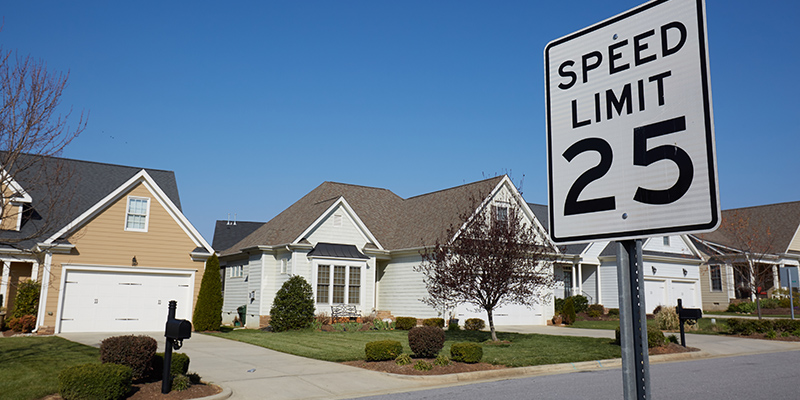
 When a resident exceeds the speed limit, the HOA will enforce the rules using the normal violation process. Associations usually send notice to the violating homeowner and issue a warning.
When a resident exceeds the speed limit, the HOA will enforce the rules using the normal violation process. Associations usually send notice to the violating homeowner and issue a warning. 3. Install Rumbles and Speed Bumps
3. Install Rumbles and Speed Bumps
 As of the time of writing, no federal law protects homeowners’ rights to install solar panels in HOA communities. In 2009, the
As of the time of writing, no federal law protects homeowners’ rights to install solar panels in HOA communities. In 2009, the  Even with state laws in place, homeowners association solar panels can still be restricted by most HOAs. As long as the restrictions are reasonable and given authority by the governing documents, the HOA can still control what homeowners can do.
Even with state laws in place, homeowners association solar panels can still be restricted by most HOAs. As long as the restrictions are reasonable and given authority by the governing documents, the HOA can still control what homeowners can do.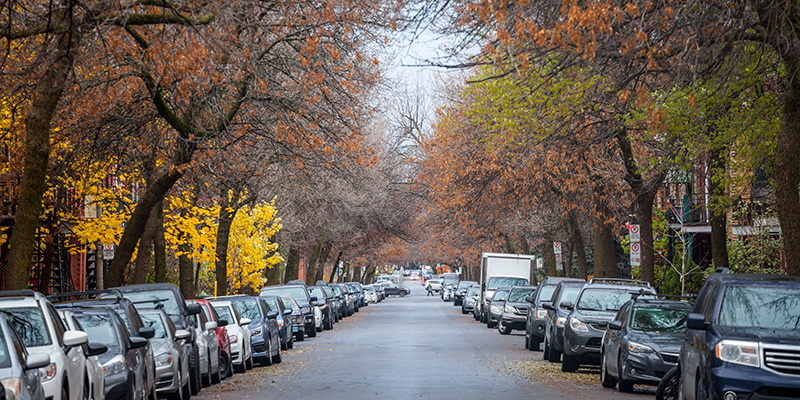
 1. Permitted Vehicles
1. Permitted Vehicles 2. Post Signs
2. Post Signs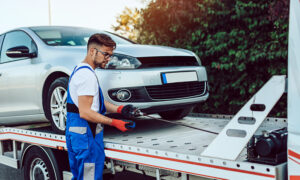 Homeowners associations may tow vehicles that violate the parking rules. However, make sure this is permitted by state law and the governing documents. For example, HOAs in New Jersey might need to hire a towing company as required by the
Homeowners associations may tow vehicles that violate the parking rules. However, make sure this is permitted by state law and the governing documents. For example, HOAs in New Jersey might need to hire a towing company as required by the 
 Can HOA Ban Security Cameras?
Can HOA Ban Security Cameras?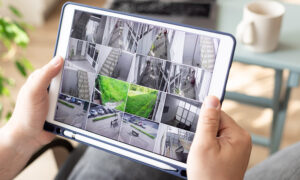 An HOA or condo association can permit the installation of security cameras on private property. However, to ensure uniformity and maintain property values within the community, an association should regulate two things: appearance and placement.
An HOA or condo association can permit the installation of security cameras on private property. However, to ensure uniformity and maintain property values within the community, an association should regulate two things: appearance and placement.
 4. Rentals
4. Rentals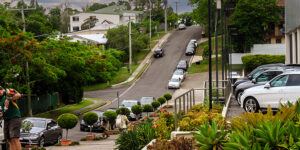 Speaking of vehicles, parking restrictions are also often violated by residents. Parking rules can vary depending on the association. Some require owners to keep their vehicles parked in their garage, while others allow vehicles in the driveway. Most associations also have overnight parking rules for guests.
Speaking of vehicles, parking restrictions are also often violated by residents. Parking rules can vary depending on the association. Some require owners to keep their vehicles parked in their garage, while others allow vehicles in the driveway. Most associations also have overnight parking rules for guests. 12. Fencing
12. Fencing
 2. Height Requirement and Restriction
2. Height Requirement and Restriction 4. Material/s Used
4. Material/s Used 6. Maintenance Obligations
6. Maintenance Obligations An HOA not allowing fences is not uncommon. Countless associations prohibit homeowners from constructing fences. However, whether or not a particular HOA has this power depends on state laws and their governing documents.
An HOA not allowing fences is not uncommon. Countless associations prohibit homeowners from constructing fences. However, whether or not a particular HOA has this power depends on state laws and their governing documents.
